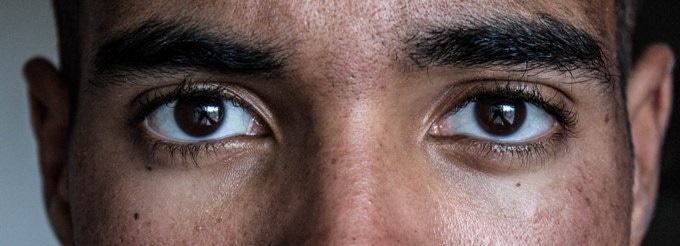Feb 17 2017
GENDER plays no role in corneal transplants says the director of the world’s leading corneal graft registry.
Keryn Williams, the founder of the Australian Corneal Graft Registry (ACGR) in South Australia, said that a British study linking transplant success to gender was not relatable to every population.

Picture: Demietrich Baker
“We know that in Australia the gender of recipient and donor don’t matter very much,” she said.
“We reported back to our surgeons that following the paper from Britain, we have looked back at our 30,000 plus records in Australia and we just don’t see it.
“Some of the eye banks have asked us if they need to begin matching the genders of donors and recipients and what we can say is ‘not in Australia’, which is really important because there are never enough (corneas) to go around and it just isn’t necessary.”
The British study of 18,000 patients found a higher rate of successful transplants in female patients who got their new corneas from other women instead of men.
Professor Williams said the British study should be interpreted as a selective case and might not be relatable to other countries.
The ACGR analysation of gender roles, led by Dr Miriam Keane, was presented to surgeons and eye-bankers at the ANZ Cornea Society Meeting in Brisbane on February 4.
Based at the Flinders Medical Centre in Adelaide, South Australia the ACGR is the world’s first and largest repository of information on corneal transplants, with more than 33,000 case studies from about 900 contributors from around Australia since 1985.
The ACGR collects data on corneal graft patients such as information about a donor’s body, a recipient’s body, a surgeon’s experience as well as details about the surgical procedure and the outcome.
It then provides the evidence and best practice suggestions to ophthalmologists around Australia and internationally.
The registry is also used to test the effectiveness of conventional techniques and is set to publish a report on the learning curve for Descemet's stripping endothelial keratoplasty (DSEK).
DSEK is a relatively new technique that involves a back-layer cornea transplant and has been endorsed as a superior method to traditional thick-layer transplants by the American Academy of Ophthalmology.
Professor Williams said the report found that “practice made perfect” and DSEK procedures showed there was a learning curve involved.
The Australian Corneal Graft Registry also shattered the belief that cornea donors had to be young.
Professor Williams said the registry had been instrumental in bringing in more comprehensive information about corneal transplants for Australia and more countries were interested in creating similar databases.
As a result Australia now has virtually no waiting list for corneal transplants for the 1600 patients who need a transplant each year.
“There are a lot of altruistic ophthalmologists who are volunteering their time for this cause and working with our team to continue learning more about how we can make effective use of the available corneas we do have.”